How to get stuck into crit racing: everything you need to know before your first crit race
One of the fastest and most fun forms of bike racing, we've gathered advice from some of the best in the sport to help you succeed

Criteriums are like the rollercoasters of road racing; they are fast, have lots of high-speed corners, and are over before you know it. Riders scream around a closed course that is between 0.5mi / 0.8km to 1.5mi / 2.4km long for between half an hour and 90-minutes, depending on the racing category.
The racing is fast and furious, and with that it can be a bit intimidating for a first-timer — for what it's worth, even experienced riders get butterflies staging on the start. Here we give you the lowdown on the important things to know before your first crit.
Before the race
Crit racing is fast, really fast, and with the technical nature of the courses, top-end speed and being able to recover quickly after changes in pace are crucial to hanging onto the pack. And so, in the lead-up, your training needs to emulate these kinds of efforts.
Zack Allison formerly of Team Clifbar Racing's USA Crits team advises: "Threshold or FTP is the base of crits, and the intensity goes up from there. Early season after I feel my aerobic ability firing, I'll build my FTP as much as possible in winter. Getting closer to event day, being able to have anaerobic efforts over the threshold and straight anaerobic VO2 work is important.
"I love doing over-under or 1-minute VO2 repeats with about 25 minutes of accumulated time over FTP, and then hitting a short hard, intense group ride, that's probably my favorite way to accumulate efforts."
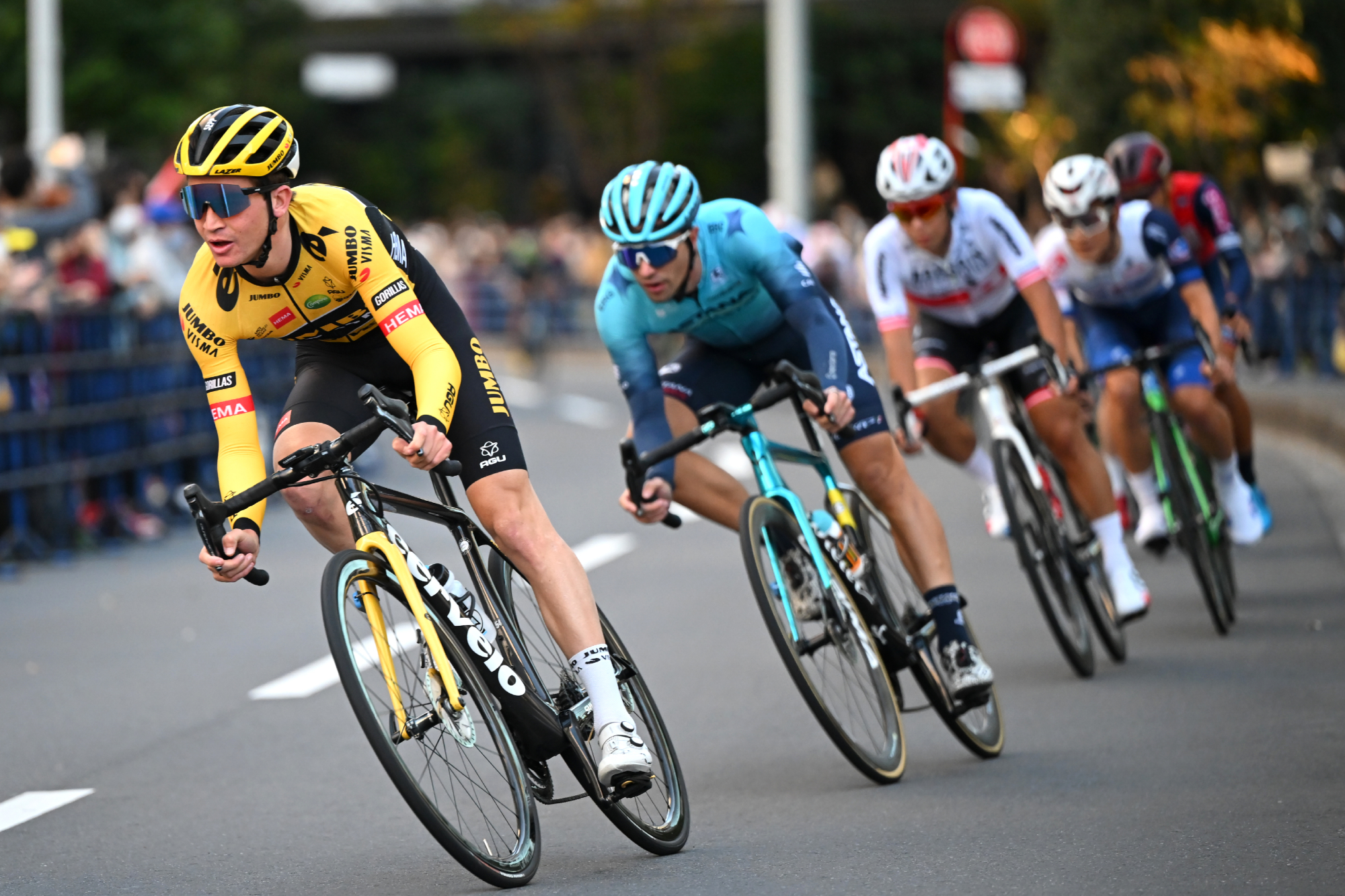
Crit racing is really fast - and it thus demands specific training
Just being strong and focusing on your fitness won't set you up for success in a criterium; the corners are the defining feature of this racing style. To be successful, you'll need to be comfortable cornering at speed, with riders on either side.
"Pack skills are probably the most important for overall safety in the race," adds Allison. "Know what it feels like to ride closely around other riders: when there's people in front, behind, and on both sides, you have to move around differently and in a controlled manner.
Get The Leadout Newsletter
The latest race content, interviews, features, reviews and expert buying guides, direct to your inbox!
"Branching off of pack skills, knowing the race line, and understanding race lines is very important, not just the ability to corner hard."
Emma Roberts of women's pro team LA Sweat suggests: "Practice entering from the outside of the corner with your speed already adjusted, hitting the apex fast, and exiting the corner on the pedals."
Race day
Whether you've signed up for a local club race or just a Tuesday night crit, before your first race, and beyond your training, there are a few things you’ll need to take care of before starting gun fires.
First and foremost, make sure your bike and drivetrain are clean. A dirty drivetrain will cost you a few watts, which can be the difference between holding onto a wheel and getting dropped from the field. This will also reduce the chance of avoidable mechanicals during the race - check out our pre-race checklist on getting your bike race ready over here. If you have lights, a frame pump, fenders, a saddlebag, or anything else, take them off when preparing your bike for the event.
Nerves on race day can make it difficult to eat and drink, but proper fueling is key to a successful ride. Roberts says she eats a well balanced low fat and moderately high carb meal three to fours beforehand and drinks a large bottle of water and electrolyte mix — in addition to the three to five liters of water she tries to consume daily around racing. About an hour before the race, she has a granola bar and downs an energy gel on the start line.
When you sign in, the race official will hand you a number, which you will need to attach to your jersey with safety pins — we like to keep a ziploc bag full of them in the bag you take to races.
There is an art to properly pinning a number on your jersey; the first thing you want to do is crumple it — even if the race organizer tells you not to — because it will sit flatter and catch less wind. If you're wearing a jersey with pockets, pin from the top edge of the pocket down, or if you're wearing a skinsuit on your butt.
Criteriums usually don't start with a flat-out sprint like XC mountain bike or CX races, but the intensity gets cranked up to 11 from the get-go, and you will want your muscles to be primed and ready when the race starts. Everybody has their own warmup routine, but both Roberts and Allison say to budget about 30-minutes and include some threshold work and a few hard efforts. The specific structure will vary from race to race, depending on the course's technicality and profile, and the temperature.
Once you're sufficiently warmed up, it's time to head to the start. The old adage goes, if you're not on the front row, your race will be over before it starts. An older, more experienced rider said this to us ahead of our very first crit, and beyond adding stress to the overall experience, it's also not great advice.
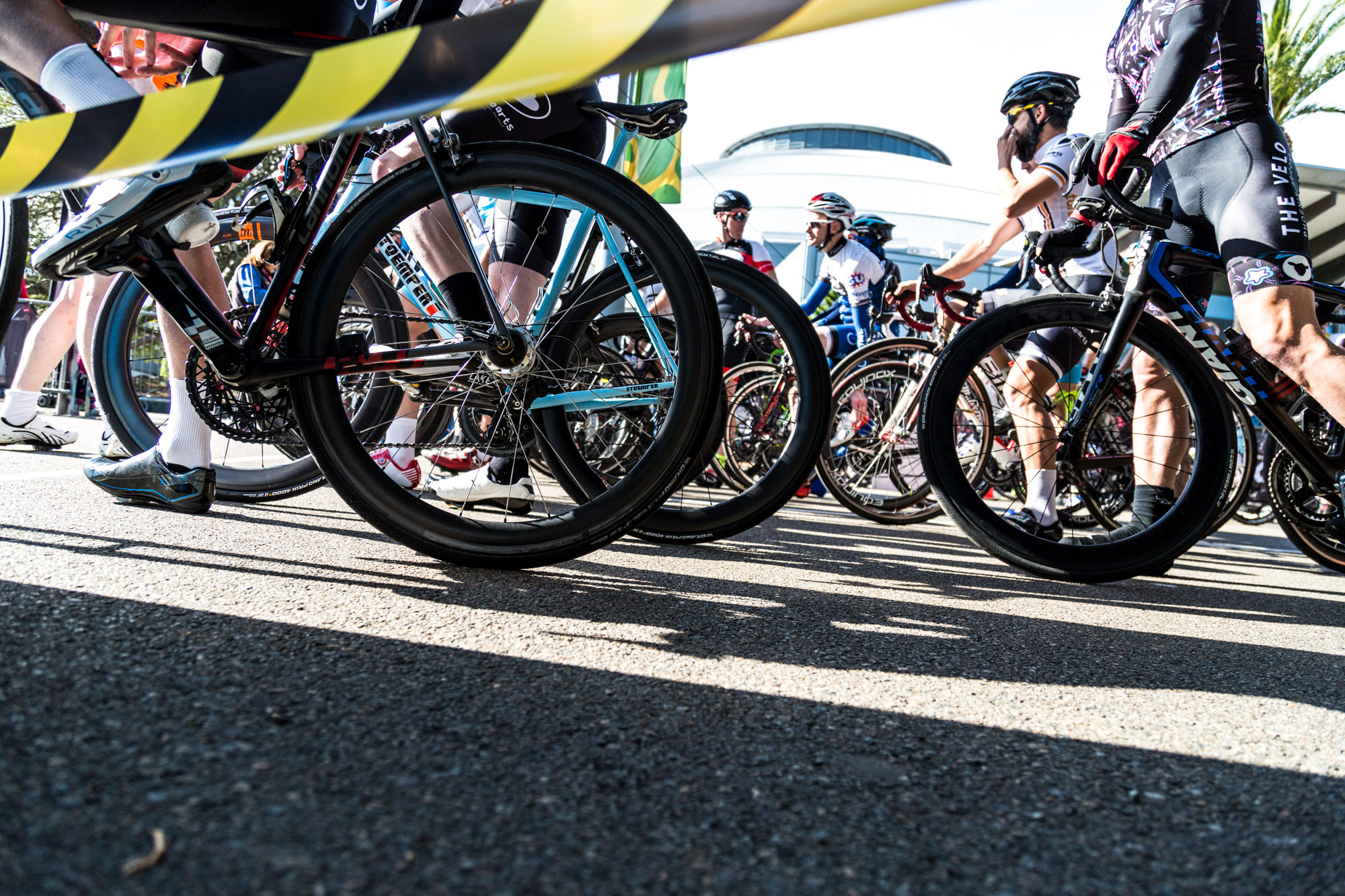
"It's not possible for everyone to line up at the front so it's sort of null advice from my perspective," Allison says. "If the course is extremely technical, then line up as far up as possible since you will have a hard time moving up in the race. If the course is not technical and you can move around the field at will, stay chill, start with your team or your friends, and move up when it's tactically relevant.
"Also, do not roll backwards on the course and just plop your bike at the front row and slide in while others wait to get to the line; you look scared, disorganized, and late."
Ready, set, go…
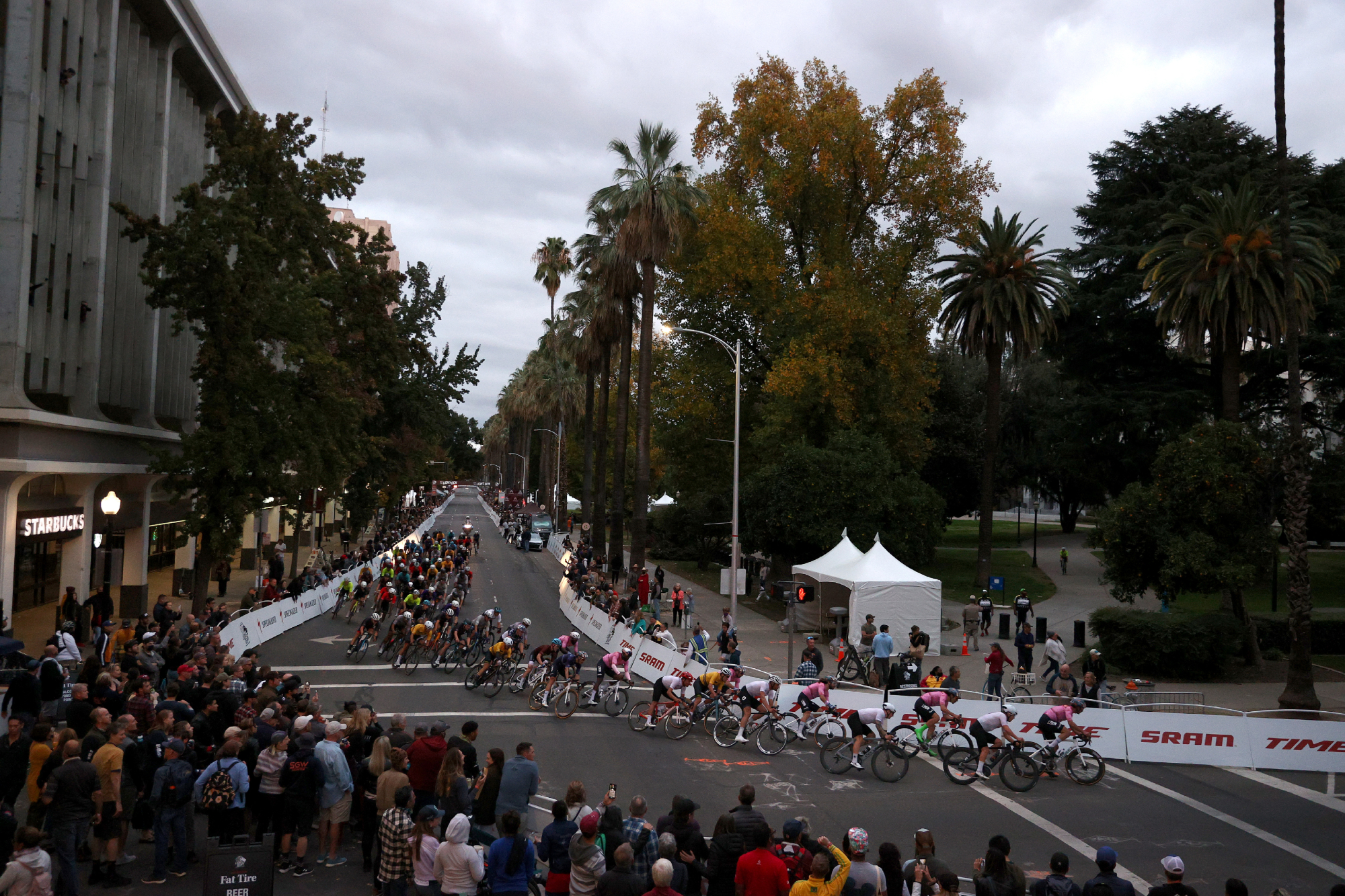
Once you're lined up on the start, take a few deep breaths, and get ready to go. When the gun fires, make sure you don't miss your pedal, and try to grab a wheel and stay out of the wind.
"The first ten minutes of the race are usually as hard as the last ten minutes," says Roberts. "People have fresh legs and big aspirations early on, so if you're feeling like you're already exhausted, remember everyone else probably feels the same. If you can get through the first ten minutes unscathed, you'll invariably be fine for the remainder of the race. Positioning is important and stay vigilant."
Once the pace begins to settle, the race really begins. The peloton in a criterium is a living, moving organism; one minute, you will be on the front, and in the blink of an eye, you will be hanging off the back.
Roberts continues: "Positioning is the most important part of any race: where you choose to sit dictates the energy, you expend following moves or closing gaps. If you're not the one instigating attacks, unless you're positioned far enough forward in the bunch, the surges will hurt twice as much, so stay in the first third of the bunch when things heat up.
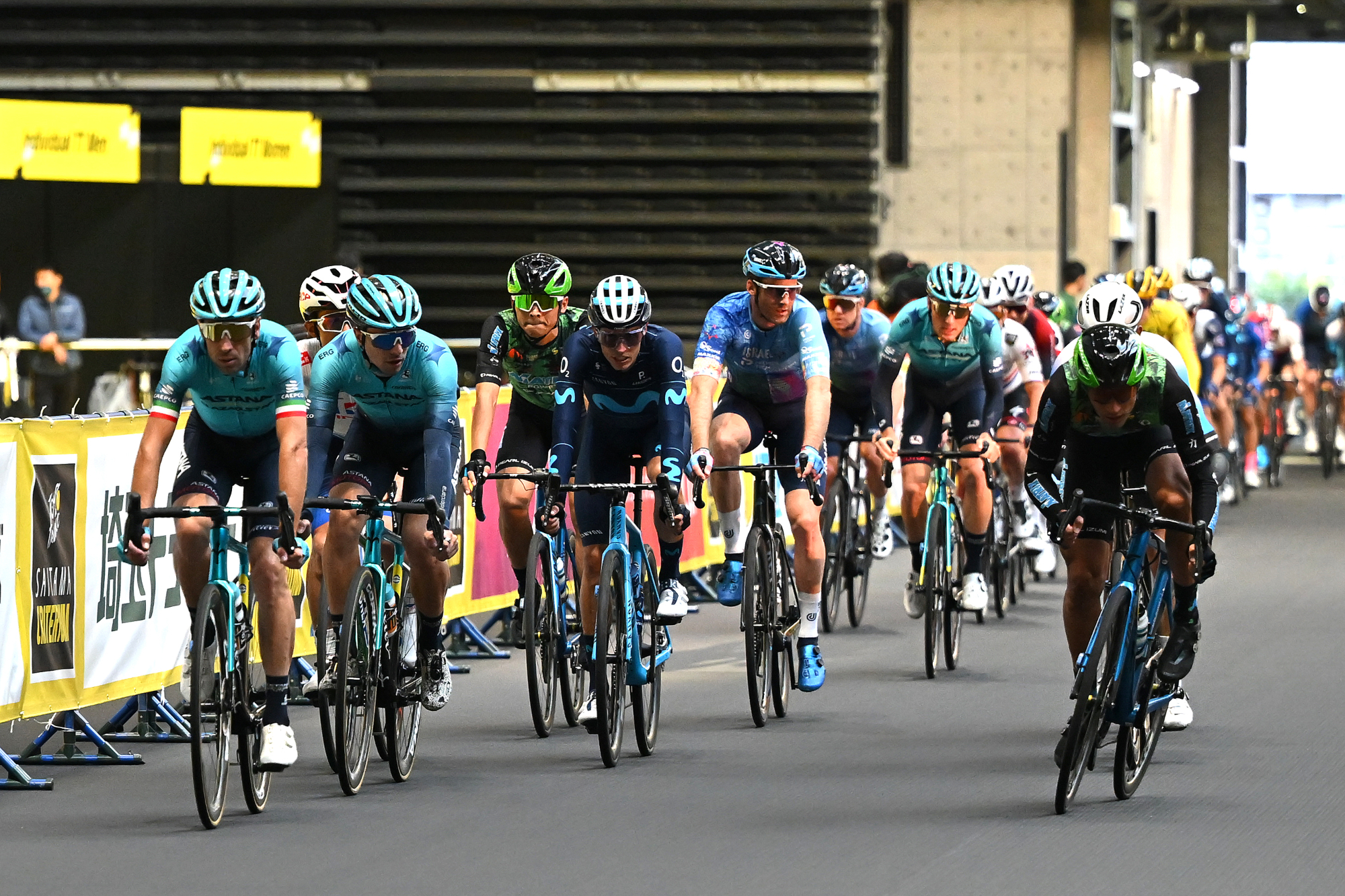
"If you do find yourself too far back, don't panic, focus on moving up one position at a time, and whenever the race lulls, make the most of the reduced pace and slot up the side."
Allison says to make sure you keep your head up and be aware of what's happening around you. It's really easy to fall into the trap of focusing in on the wheel in front of you, especially when the pace is high, but if you can get the flow of the course and find spots where the field slows down, just by conserving a bit of momentum you can move up a few places with little to no energy.
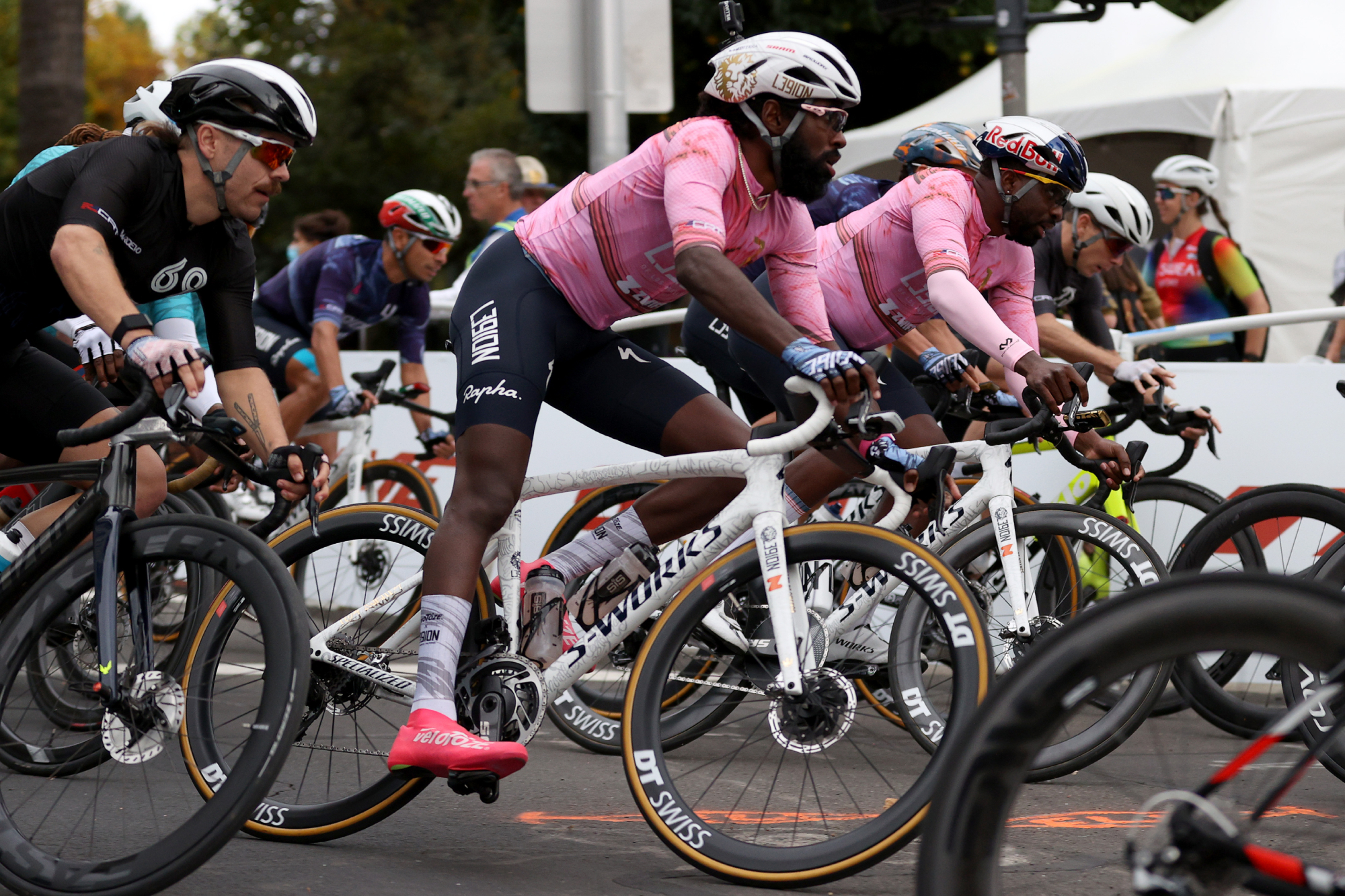
Keeping your head up will also help you avoid crashes as it will help you see if someone grabs a handful of brake levers, prevents poor positioning, and allows you to spot an escape route if things go pear-shaped around you. It's common at high levels for riders to bump and lean on each other, to stay upright, but crashes happen handlebars get tangled, wheels touch, or erratic braking.
"It's not advisable to cross wheels and especially not at club level racing," Roberts says. "Either sit directly behind someone or beside them but don't ride with your front wheel halfway up their back wheel. If they move or drift sideways, you're going down.
"Try to prevent braking at all costs," Allison advises. "Have an out or an escape plan, especially in sketchy sections where people are crashing already. If there's a crash in front of you in a turn, you're way more likely to miss that crash if you thought about where or what to do beforehand.
"I think going with the flow is nearly the most important thing to remember. Like cars on the highway, most accidents happen from a massive speed differential or erratic movement. If you're going with the flow and keeping speed, you'll have more time to react, it's way safer, way smoother, and smooth is fast."
Of all the cliches about crit racing, the one that rings true is it's not the strongest rider who wins but the smartest. Unfortunately, race smarts are also the thing that takes the most repetitions to build. But both Roberts and Allison say the most basic tactics to take advantage of are learning the course and utilizing it to your advantage — and stay out of the wind.

Allison: "If you're a lighter rider and there's a hill, try something on the hill. If you're a heavier rider, survive and utilize conservation of momentum on the hill and then hurt the little guys with big power. Figure out what your strength is and utilize that in tactics. If you're a sprinter, wait for the sprint and make sound tactical decisions to be as fresh as possible in the end."
Should you find an opportunity to attack, there is no such thing as a half baked breakaway effort.
"If you are attacking with the intention of creating a big enough gap to break the elastic band of a chasing bunch you really need to commit in the first 5-minutes," Roberts says. "I'm talking all-out 30-second effort to create a gap and then a threshold effort to hold it long enough that the bunch gives up chasing."
In the lead up to your first race, or even your second or third, it's easy to get bogged down in among training, cycling nutrition, warm ups, and tactics, and Allison and Roberts both point out that bikes are supposed to be fun, so enjoy your race. Yes, we are, of course, talking about type two fun here, but don't lose sight of the fact that bike racing is fun, and while emotions can run high in a bunch sprint or a pile up on a janky corner, don't forget to smile, you are riding a roller coaster after all.

Thank you for reading 20 articles this month* Join now for unlimited access
Enjoy your first month for just £1 / $1 / €1
*Read 5 free articles per month without a subscription

Join now for unlimited access
Try first month for just £1 / $1 / €1
-
 'I'll take a top 10, that's alright in the end' - Fred Wright finishes best of British at Paris-Roubaix
'I'll take a top 10, that's alright in the end' - Fred Wright finishes best of British at Paris-RoubaixBahrain-Victorious rider came back from a mechanical on the Arenberg to place ninth
By Adam Becket Published
-
 'This is the furthest ride I've actually ever done' - Matthew Brennan lights up Paris-Roubaix at 19 years old
'This is the furthest ride I've actually ever done' - Matthew Brennan lights up Paris-Roubaix at 19 years oldThe day's youngest rider reflects on 'killer' Monument debut
By Tom Davidson Published
-
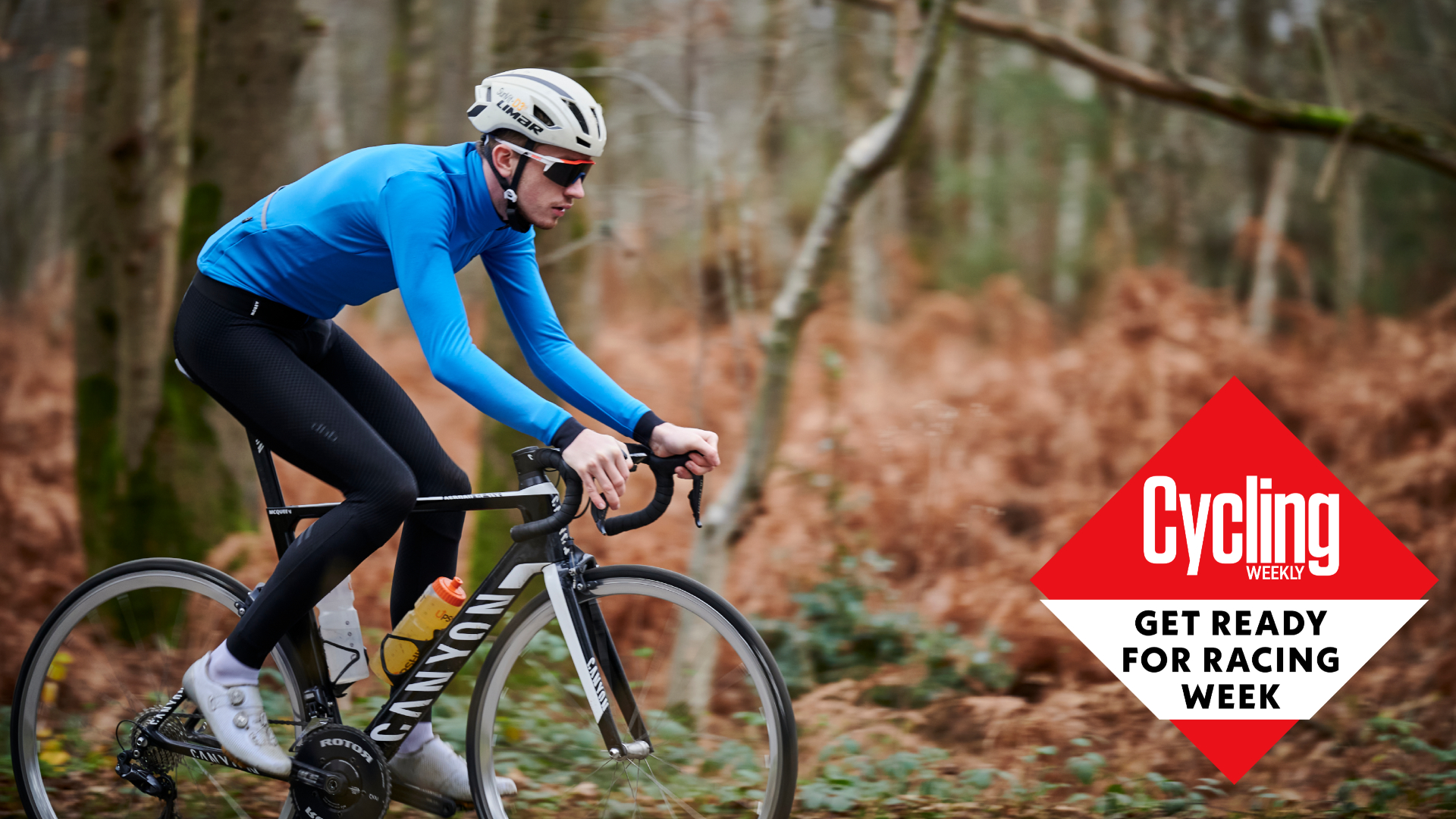 Tapering for a big event: here's how to ace your lead-up to a important ride or race
Tapering for a big event: here's how to ace your lead-up to a important ride or raceWe talk you through how to best balance your training load for peak performance on race day
By Marc Abbott Published
-
 Hitting peak form is easier with the help of training apps - here’s how
Hitting peak form is easier with the help of training apps - here’s howWe take a detailed look at the performance metrics available to amateur cyclists and help you establish how to use training software to get faster
By Michelle Arthurs-Brennan Published
-
 It's 'Get Ready for Racing Week' on Cycling Weekly: your guide to the prep you can do to achieve your racing goals
It's 'Get Ready for Racing Week' on Cycling Weekly: your guide to the prep you can do to achieve your racing goalsWith the racing season right around the corner (or already just begun for some), our week-long special runs you through how to get your legs and gear ready for race day
By Anna Marie Abram Published
-
 Follow our road racers' cycling training plan to sharpen your racing edge
Follow our road racers' cycling training plan to sharpen your racing edgeHere's how to get ready for a season of road racing - we've partnered up with Alzheimer's Research UK to bring you in-depth training plans for your cycling goals
By Anna Marie Abram Last updated